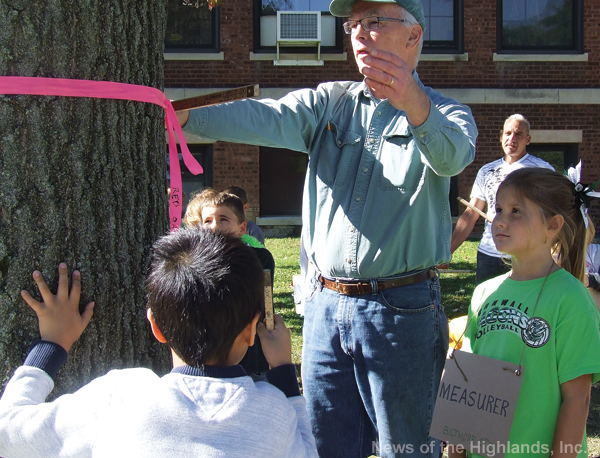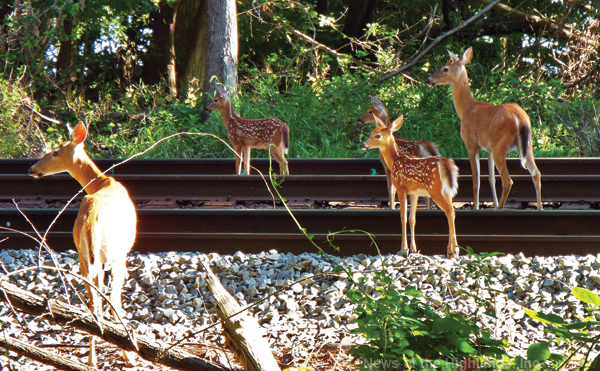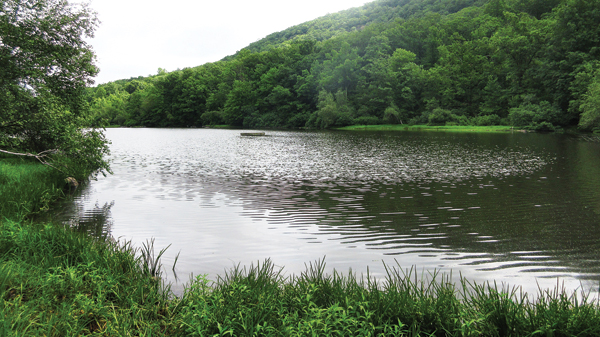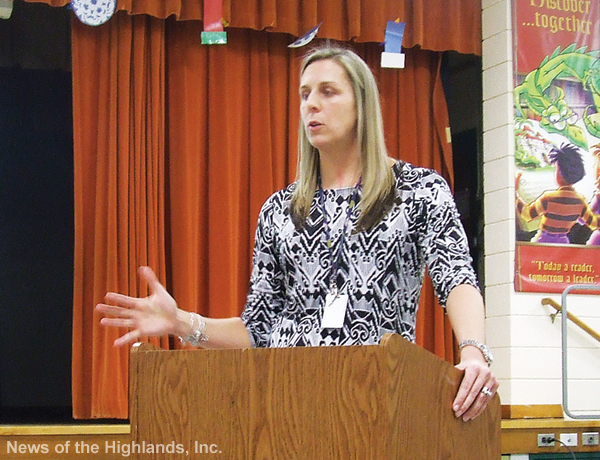
Tuesday was a big day for Mrs. Kelly Hogan’s third-graders at Willow Avenue School. For some of them, it was their first visit to Black Rock Forest. For all of them, it was the start of a year long research project.
The kids will be compiling information that will help professionals evaluate the health of the forest. A few days before they started, the kids had a preparatory session with Jack Caldwell of the Black Rock Forest Consortium. He told them they were “little scientists” only because they were not as tall as the people who do research for a living.
The students will be measuring the acorn production of chestnut, red oak and white oak trees. On Sept. 26, Mr. Caldwell gave them some tips.
He said that forest personnel have tied ribbons around the trees in the study and have given each tree a number that appears on the ribbon. The object is to find out which type of tree produces the most acorns, and how many acorns are viable sources of food.
The kids will work in teams. The first step is to use a Biltmore stick to measure the diameter of the tree at breast height. Then the group members will spread out so they are aligned with the edges of the tree’s canopy.
Once they’ve done that, the students will have two minutes to walk toward the tree and collect as many acorns as they can.. They will deposit the acorns into Ziploc bags and mark each bag with the tree number.
Once they are back in school, the kids will count the acorns and weigh them.They will then see how many of them will float — the floaters have been hollowed out by insects and are not a good source of food.
The class will plant some of the acorns and return others to the forest, where they will be used to feed animals in the winter.
The Local will follow the project as it continues through the school year. The students’ findings will appear in a research paper. Their work will help them satisfy the Common Core requirements, which include units on measuring, the metric system, and the scientific approach.
One of the best parts of the project is that it should help students get excited about what they’re doing in school.



